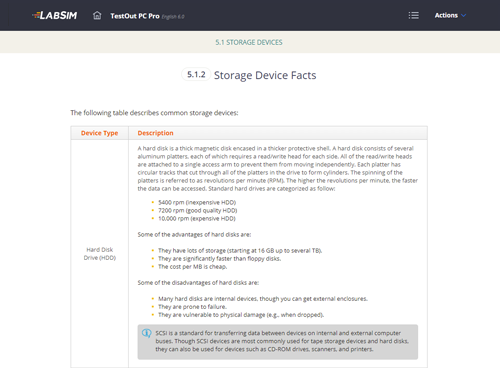
Klenske E et al (2019) Targeting mucosal healing in Crohn’s disease: what the clinician needs to know. Gomollon F et al (2017) 3rd European evidence-based consensus on the diagnosis and management of Crohn's disease 2016: part 1: diagnosis and medical management.

Ng SC et al (2018) Worldwide incidence and prevalence of inflammatory bowel disease in the 21st century: a systematic review of population-based studies. Harbord M, Annese V, Vavricka SR, Allez M, Barreiro-de Acosta M, Boberg KM, Burisch J, de Vos M, de Vries AM, Dick AD, Juillerat P, Karlsen TH, Koutroubakis I, Lakatos PL, Orchard T, Papay P, Raine T, Reinshagen M, Thaci D, Tilg H, Carbonnel F, for the European Crohn’s and Colitis Organisation (2016) The first European evidence-based consensus on extra-intestinal manifestations in inflammatory bowel disease. Torres J, Mehandru S, Colombel JF, Peyrin-Biroulet L (2017) Crohn’s disease. Nat Rev Gastroenterol Hepatol 12(2):67–68 Nat Rev Immunol 14(5):329–342Ītreya R, Neurath MF (2015) IBD pathogenesis in 2014: molecular pathways controlling barrier function in IBD. Neurath MF (2014) Cytokines in inflammatory bowel disease. Hugot JP, Chamaillard M, Zouali H, Lesage S, Cézard JP, Belaiche J, Almer S, Tysk C, O'Morain CA, Gassull M, Binder V, Finkel Y, Cortot A, Modigliani R, Laurent-Puig P, Gower-Rousseau C, Macry J, Colombel JF, Sahbatou M, Thomas G (2001) Association of NOD2 leucine-rich repeat variants with susceptibility to Crohn’s disease.
#IDENTIFICATION OF ISSOCS TESTOUT PC PRO CODE#
Serhan CN, Chiang N, Dalli J (2015) The resolution code of acute inflammation: novel pro-resolving lipid mediators in resolution. Pharmacol Ther 139(2):189–212Ĭhiang N, Fierro IM, Gronert K, Serhan CN (2000) Activation of lipoxin A(4) receptors by aspirin-triggered lipoxins and select peptides evokes ligand-specific responses in inflammation. World J Gastroenterol 14(27):4280–4288Īlessandri AL, Sousa LP, Lucas CD, Rossi AG, Pinho V, Teixeira MM (2013) Resolution of inflammation: mechanisms and opportunity for drug development. Sanchez-Munoz F, Dominguez-Lopez A, Yamamoto-Furusho JK (2008) Role of cytokines in inflammatory bowel disease. Netea MG, Balkwill F, Chonchol M, Cominelli F, Donath MY, Giamarellos-Bourboulis EJ, Golenbock D, Gresnigt MS, Heneka MT, Hoffman HM, Hotchkiss R, Joosten LAB, Kastner DL, Korte M, Latz E, Libby P, Mandrup-Poulsen T, Mantovani A, Mills KHG, Nowak KL, O'Neill LA, Pickkers P, van der Poll T, Ridker PM, Schalkwijk J, Schwartz DA, Siegmund B, Steer CJ, Tilg H, van der Meer JWM, van de Veerdonk FL, Dinarello CA (2017) A guiding map for inflammation. Strober W, Fuss I, Mannon P (2007) The fundamental basis of inflammatory bowel disease. The following review focuses on mechanisms, pathways, and specific mediators that are actively involved in the resolution of inflammation in CD. The basic concept that resolution of inflammation has to be regarded as an active process has been thoroughly described by others. The last decades of research strongly suggest that resolution of inflammation is similarly a tightly coordinated and active process.

The immune cell infiltrate initiates an inflammatory cascade where released lipid and protein mediators play an indispensable role. The permanent sensing of exogenous or endogenous danger signals enables the fast initiation of the inflammatory reaction. The induction phase, which represents the first phase of inflammation, is important for the rapid and efficient activation of the immune system for sufficient host defense. The inflammatory setting consists of subsequent events that comprise an induction phase, the peak of inflammation which is subsequently followed by the resolution phase.

The infiltration of immune cells into the mucosa and uncontrolled production of pro-inflammatory cytokines and other mediators trigger the chronic inflammatory reaction in the intestine. Crohn’s disease (CD) is characterized by chronic inflammation of the gastrointestinal tract and represents one of the main inflammatory bowel disease (IBD) forms.


 0 kommentar(er)
0 kommentar(er)
